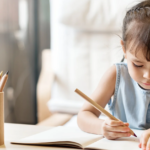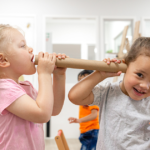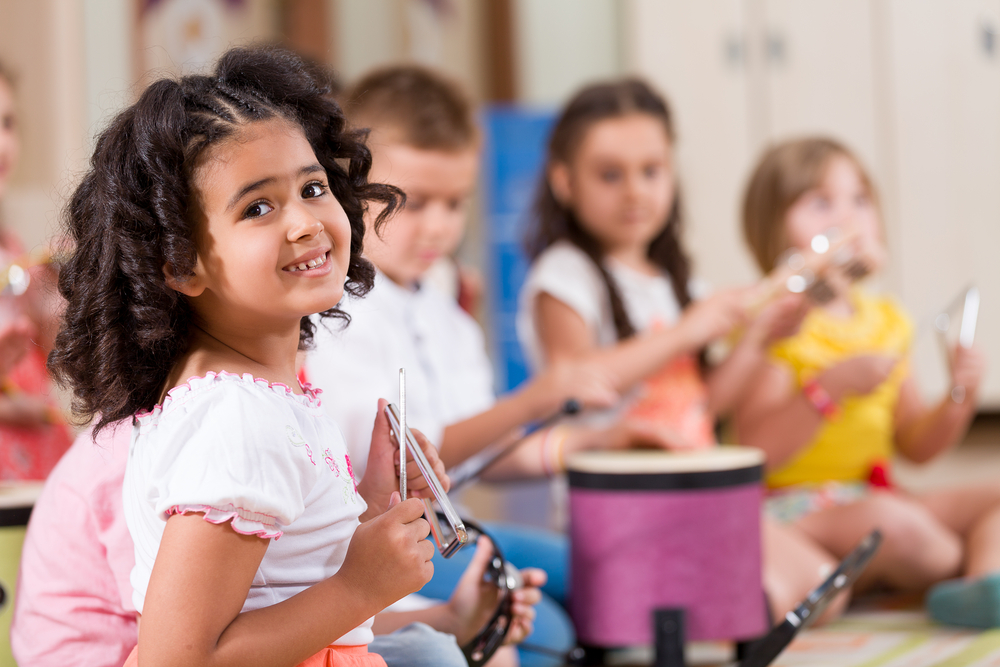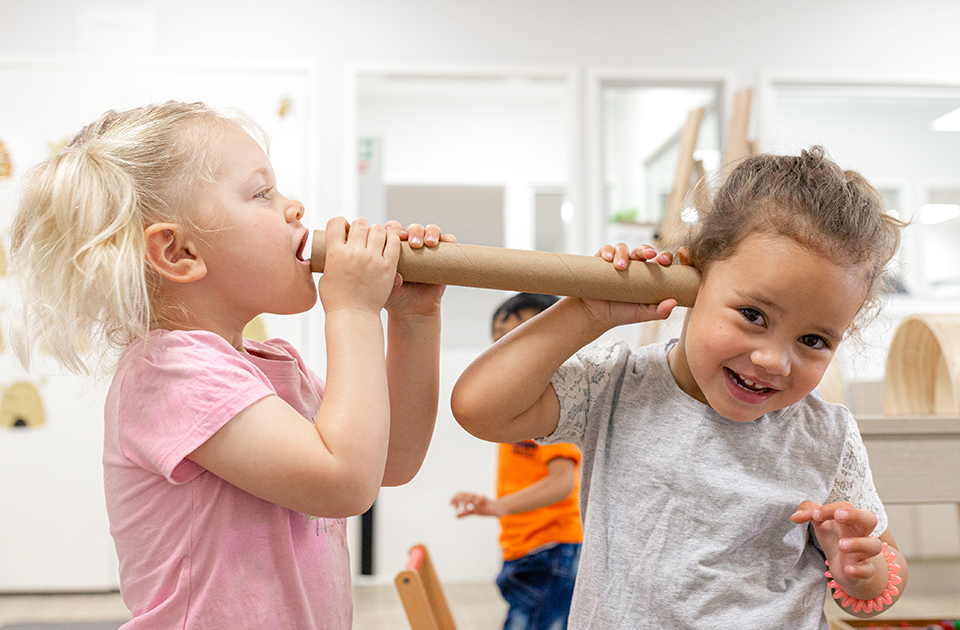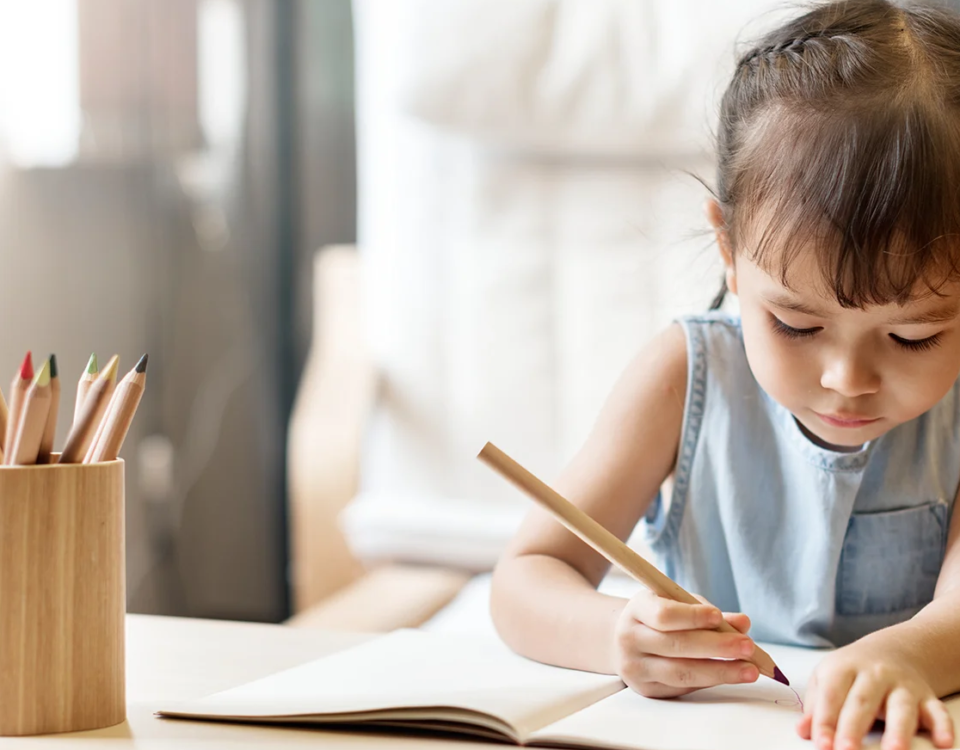Introduction:– From Conflict to Connection
The toddler years—a time of fast development and increasing autonomy—often face parents and caregivers with particular communication difficulties. Managing emotional control, navigating tantrums, and deciphering nonverbal signals calls for more than simply tolerance; it calls for awareness. Mindful communication with toddlers is about developing a bridge of understanding, encouraging emotional intelligence, and creating a secure environment where they could explore their emotions—not about imposing power or censoring their responses. Unlike reaction, this method stresses attentive listening, empathy, and intentional response. Though often demanding, toddlers are going through a flurry of emotions and trying to express their demands in the best manner they know how. This blog article seeks to offer a thorough manual for using conscious communication techniques, thereby turning any disagreements into chances for closer relationship and mutual respect. – From Conflict to Connection

Understanding the Toddler Mind: A Foundation for Mindful Communication
Understanding toddlers’ cognitive and emotional development is absolutely essential if one is to practice conscious communication with them. Toddlers still have growing language abilities; they typically communicate themselves via nonverbal clues and emotional outbursts instead of words. Their prefrontal brain, in charge of impulse control and rational thinking, is still under development and increases their emotional response. This implies that a toddler’s throwing of a tantrum over a damaged toy is more about the overpowering sense of frustration or disappointment than about the product itself.
Key Developmental Aspects:
- Limited vocabulary: Toddlers may struggle to articulate their feelings, leading to frustration.
- Emotional intensity: Their emotions are often strong and fleeting.
- Developing sense of self: They are exploring their independence and boundaries.
- Short attention span: They may have difficulty focusing on lengthy explanations.
According to research from the American Academy of Pediatrics, understanding these developmental stages is fundamental for effective parenting. “Understanding the stages of child development can help parents anticipate and respond appropriately to their child’s behavior,” they state. This understanding allows us to approach interactions with greater empathy, recognizing that their behaviors are often a reflection of their developmental stage, rather than a deliberate attempt to be difficult.
Recognizing and Responding to Toddler Emotions
A toddler’s feelings should be acknowledged and validated if one wants to practice conscious communication. This entails paying close attention, noting their body language, and respecting their emotions—even those which appear illogical. Try mirroring their emotions back to them rather than discounting them with lines like “Don’t be silly” or “Stop crying.” For instance, you may remark, “I understand you’re feeling sad because you wanted a cookie,” if a young child is unhappy about not getting one. This small act of confirmation lets them feel heard and understood, therefore diffusing the matter.
- Strategies for Emotional Validation:
- Use reflective listening: Repeat back what you hear them saying.
- Acknowledge their feelings: “It’s okay to feel angry/sad/frustrated.”
- Use non-verbal cues: Maintain eye contact, use a calm tone, and offer gentle touch.
- Example: A child throws themself on the ground because they do not want to leave the park. A parent could say “You are very sad to leave the park, you love to play here.”
- Case Study:
- A study published in the “Journal of Child Psychology and Psychiatry” found that children whose emotions are consistently validated by their parents exhibit better emotional regulation and social skills.
The Power of Active Listening in Toddler Interactions
Active listening to your child means providing your whole attention free from interruptions or distractions. It requires setting down your phone, making eye contact, and really paying attention to what they have to say. Though it might be difficult, particularly in a hectic environment, developing trust and connection depends on this. Active listening also include paying attention to nonverbal clues including facial expressions, body language, and tone of voice. Toddlers should be attentive as frequently their actions speak more than their words.
- Techniques for Active Listening:
- Maintain eye contact: Show that you’re engaged.
- Use open body language: Face them and avoid crossing your arms.
- Avoid interrupting: Let them finish their thoughts.
- Ask clarifying questions: “Can you tell me more about that?”
- Example: When a child is playing and showing you a toy, get down to their level and engage with the toy.
Using Positive Language and Redirection
Try guiding child behavior using positive words rather than emphasizing what they shouldn’t do. Say “Let’s walk nicely,” for instance, rather than “don’t run.” This method emphasizes the intended action instead of the unwelcome one. Another great way to control difficult behaviors is redirection. When a child is involved in a bad habit, point their focus to something else. Offer them a safe climbing toy, for instance, should they be attempting to scale the furniture.
- Examples of Positive Language:
- Instead of “Don’t touch,” try “Gentle hands.”
- Instead of “Stop yelling,” try “Use your quiet voice.”
- Instead of “Dont throw that”, try “Lets roll the ball”.
- Redirection Techniques:
- Offer an alternative activity: “Let’s read a book instead.”
- Use a distraction: “Look at the pretty bird outside!”
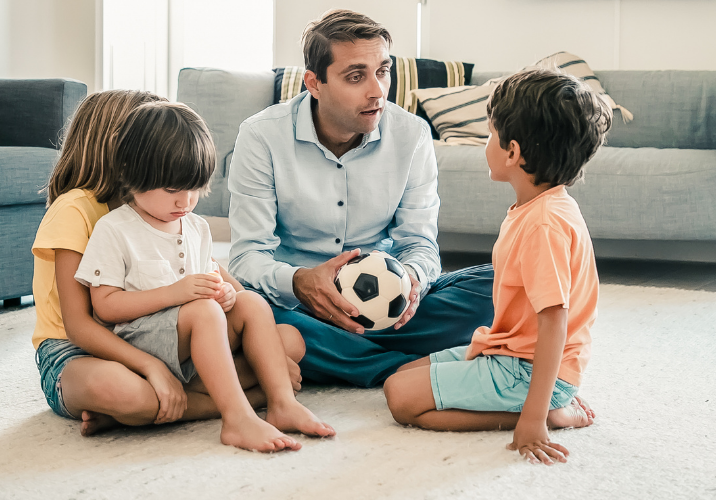
Creating a Calm and Predictable Environment
Toddlers like consistency and regularity. Establishing a quiet and orderly surroundings helps to reduce confrontations and advance emotional control. This entails developing regular schedules, well defined expectations, and lessening of overstimulation. Toddlers who live in a consistent surroundings feel comfortable and secure, which helps to lower their anxiety and demanding behavior.
- Strategies for Creating a Calm Environment:
- Establish consistent routines: Mealtime, bedtime, and playtime.
- Provide clear expectations: Use visual aids or simple language.
- Minimize overstimulation: Create quiet spaces for downtime.
- Example: Using a visual schedule for the toddlers day.
Practicing Self-Care as a Mindful Caregiver
Mindful communication with toddlers requires patience, empathy, and emotional resilience. As a caregiver, it’s essential to prioritize self-care to avoid burnout and maintain a calm and centered presence. This involves taking breaks, practicing mindfulness techniques, and seeking support when needed. Remember, you can’t pour from an empty cup.
- Self-Care Strategies:
- Practice mindfulness or meditation: Even a few minutes a day can make a difference.
- Take breaks: Step away when you feel overwhelmed.
- Seek support: Talk to a partner, friend, or therapist.
- Prioritize sleep and nutrition: These are essential for emotional well-being.
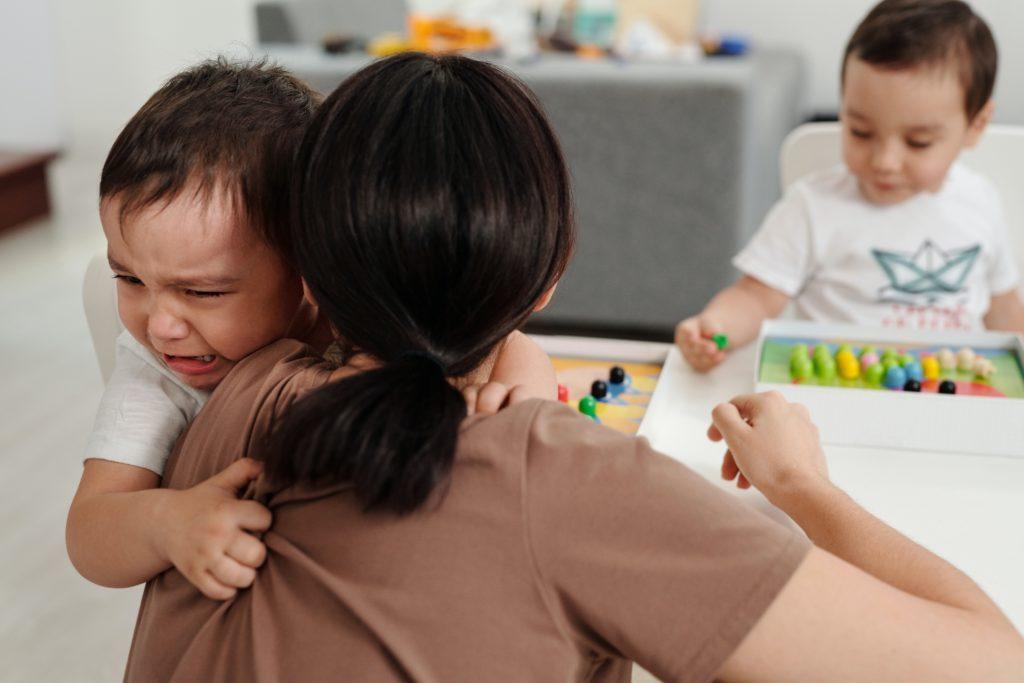
Conclusion:
From conflict to connection, the path of deliberate communication with young children is an ongoing education, development, and patiently waiting process. Understanding their developmental requirements, respecting their feelings, and using active listening can help us to turn difficult situations into chances for closer relationship and mutual respect. Recall—it’s about progress more than perfection. Every conscious encounter advances your relationship with your child toward strength and deeper love. For the kid as much as the caregiver, mindful communication is a path of development rather than a goal.
References:
- American Academy of Pediatrics. (n.d.). Toddler Development.
- Journal of Child Psychology and Psychiatry. (n.d.). Emotional Validation and Child Development.


